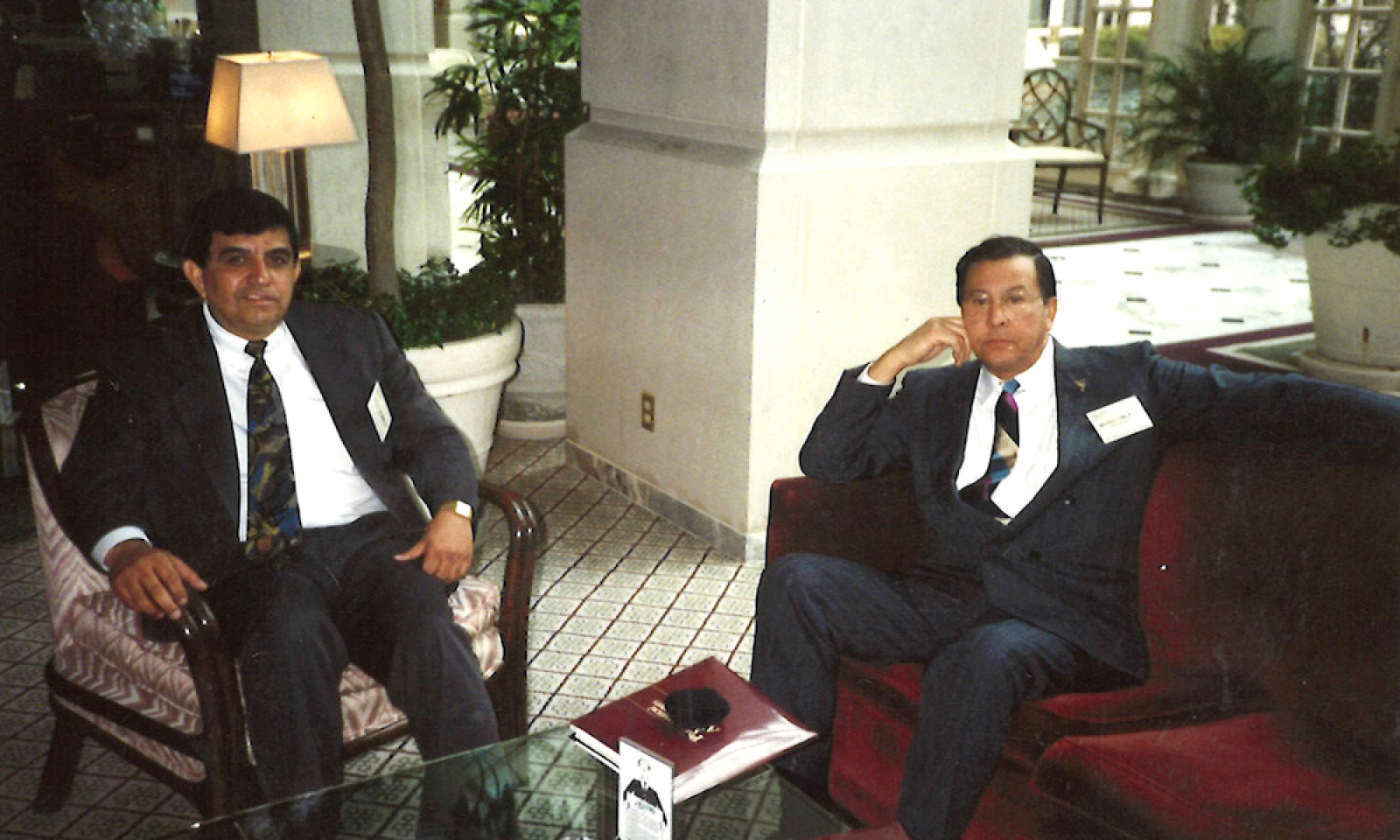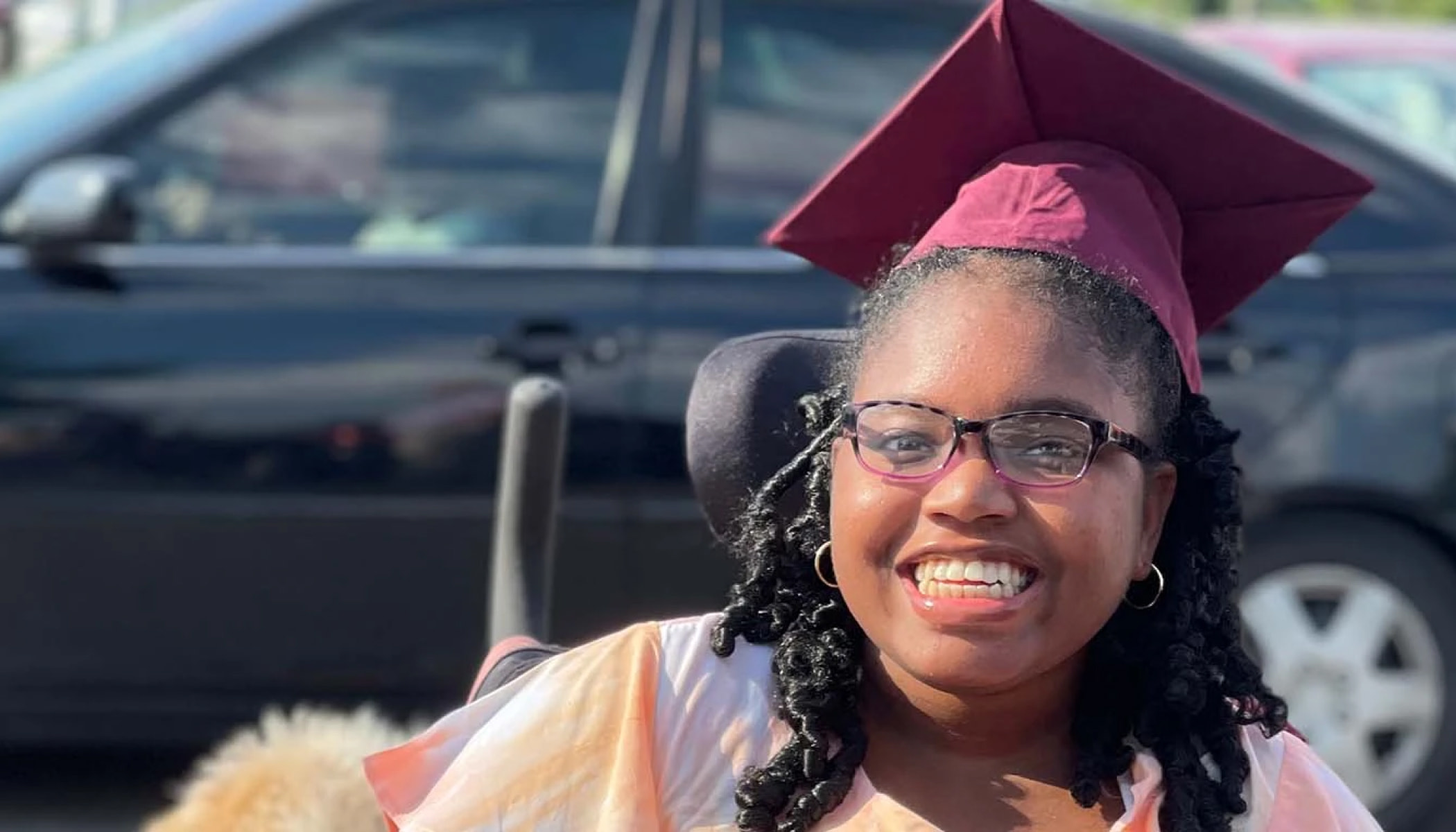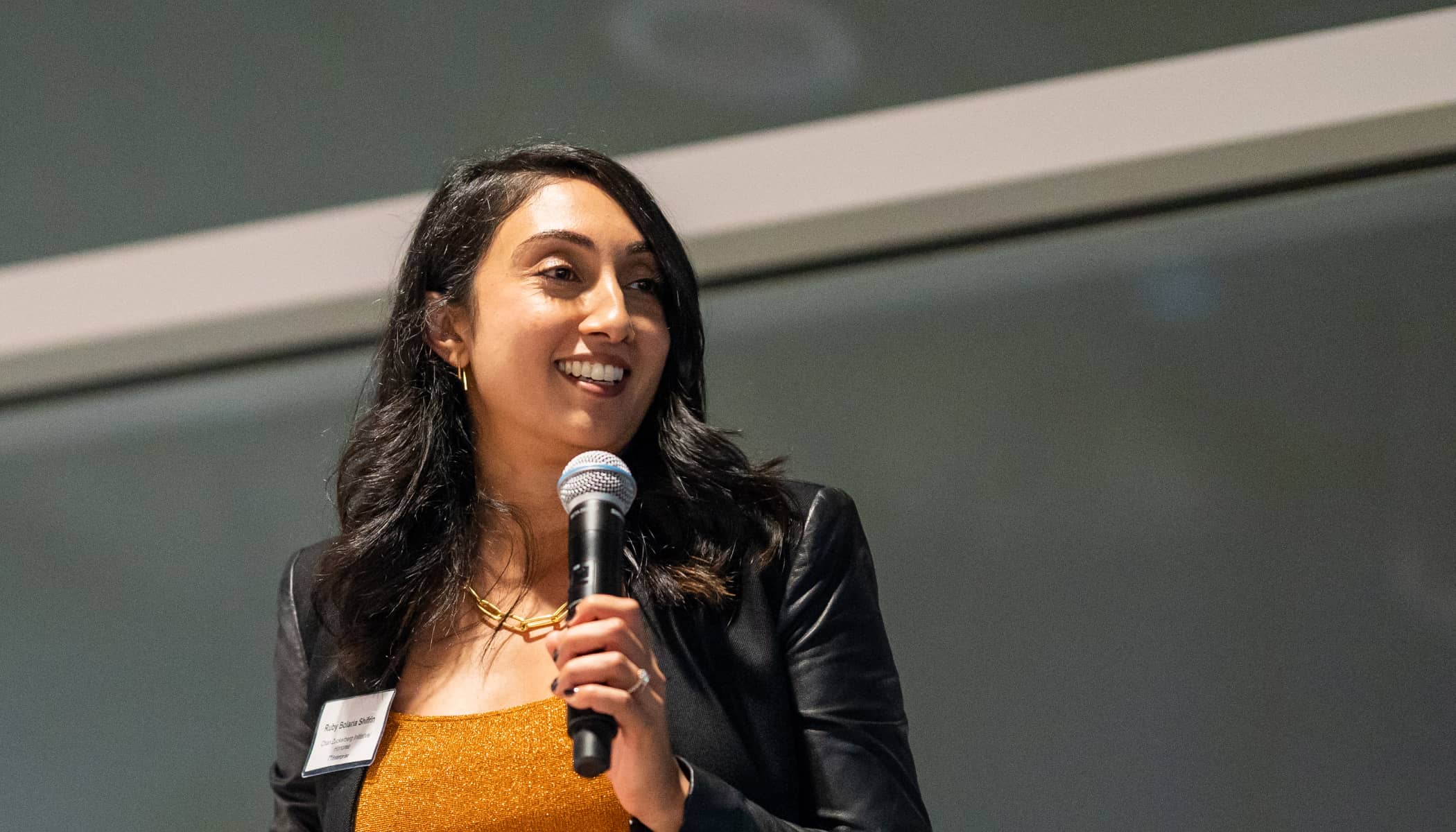May 28, 2019 · 7 min read
Behind the Movement with John Gamboa

Progress on many of the world’s most pressing issues is driven by fearless leaders who stand with their communities and build movements that effect change. This series highlights those courageous and innovative people on the frontlines and their bold missions to create a more equitable and inclusive future for all.
Meet John Gamboa.
For me, it’s personal. My grandchildren should have the same opportunities to own homes and create wealth.
John Gamboa is no stranger to community activism. His first foray into advocacy work was in 1968 when he became involved with the anti-Vietnam War and Civil Rights movements. This politicizing inspired him to apply to UC Berkeley after working at Kaiser Steel in Fontana, CA. It was during this time when he started doing community activities around racial discrimination. He launched his first nonprofit called Latino Issues Forum, which focused on the economic injustices that Latinx people faced, and then later The Greenlining Institute, a multi-ethnic coalition aiming to combat redlining issues.
Since 2006, John has served as President of the Board of Directors of California Community Builders (CCB) alongside colleagues from Greenlining. They realized the growing wealth gap for communities of color wasn’t a priority for other organizations. John said, “A decade ago the wealth gap was such that white families were six times wealthier than minority families. Today, they’re 10 times wealthier.” CCB aims to help close that gap through homeownership.
To say John is dedicated is an understatement. Focused, thoughtful, and even a bit stubborn (an important quality to have in this space, 77-year-old John admits), his failed attempt at retirement eight years ago proves how committed he is to the work and the movement.
Describe the people who are on the frontlines alongside of you. Why do they join the movement?
I’m extremely lucky. This started out with a few old-time activists, but we’ve grown to over 100 now. The idea that our children won’t be able to buy homes has resonated so well that we’ve seen leaders from Los Angeles, Riverside, Sacramento, San Bernardino, and as far south as San Diego come forward. We’ve picked up people of all ethnic groups, and one of our major partners is the Yes In My Backyard (YIMBY) organization.
For me, it’s personal. My grandchildren should have the same opportunities to own homes and create wealth. That’s the ammunition and zeal to keep fighting.
Why is it so important that you do the work now?
Fighting for policy change is so difficult because you can’t change policy overnight. Sometimes you can’t even change it in a year. It’s usually three or four years. We have a long-range planning strategy, and there’s no time to waste. So many special interest groups are opposing us at every level, but little by little, we’re gaining traction. Like water on a rock, we’re wearing away the opposition.

You’ve been a long-time community activist. What inspired this journey?
Sometimes I think it’s a curse. [laughs] For me, it’s about taking a look at problems and then having the ego to think I might be able to help solve some of them. There are so many community activists who can’t not get involved in trying to do better for our future generations.
Think back to when you first started doing advocacy work. How has the experience changed between then and now?
When I was growing up, communities were very segregated. The biggest change that I’ve seen has been in the young community and the ethnic mix all fighting for the same things. They’ve been able to overcome discriminatory factors to care for each other and really see each other without factoring in race. It’s very promising.
For many, the American Dream has always equaled homeownership. Today, that Dream seems more impossible to achieve than ever before. What do we do to fix it?
Like water on a rock, we’re wearing away the opposition.
We have to recognize that the housing crisis, especially in California, is actually an economic crisis for communities of color. But we’ve also found that there are other impacted populations. So we’ve grown our constituency base and we call them the M&MS: minorities, millennials, and students.
You have the minorities who have always been disinvested in. Then you have college students coming out with huge college debt and living with their parents. And then you have the millennials. They’re the first generation whose wealth and well-being are going to be less than their parents. These are the three population groups that are carrying the burden of support for the future of our country and for California.
We must invest in them now and create better avenues for homeownership so they start building wealth like their parents and their grandparents were able to do. If we don’t wake up and do something, we’re going to face a middle-class catastrophe.
Why is it important for you to shift the narrative from “affordable housing for people in poverty” to “creating more equal opportunities for homeownership for people of all income levels and backgrounds”?
Right now, 95% of all so-called “affordable housing” is building rentals. We’re not currently building enough homes for sale here because there are too many inhibiting factors in the production.
One of those factors is the unintended consequences of one of the best laws ever created in California: the California Environmental Quality Act (CEQA). It’s being misused by people we call NIMBYs (Not In My Backyard) who are filing anonymous lawsuits to block production of new, affordable homes. Some developments have been sued 30 times.
It’s a great law, and we support its purpose to create an environment so our children and grandchildren can have clean air and water. But the misuse of CEQA is preventing minorities, millennials, and students from owning homes.
What housing policies are you working on trying to pass right now?
There have been over 400 housing bills in the last two years, and only two bills mentioned homeownership. We’re still doing a lot of community organizing and getting ready for 2020. It’ll be the year we start promoting the changes we want and legislation we hope to pass. The major one will be fixing the CEQA loopholes to lessen the misuse.
Challenges are to be expected in your line of work. What motivates you to keep going when you feel like giving up?
I don’t know any better. [laughs] If you keep at it long enough, you eventually make the social change. I tried to retire eight years ago, but it was the worst decision I ever made. I couldn’t sit still.


What does the next stage of movement and capacity building look like for you and CCB?
Besides being an advocacy organization, we’re also a small think tank coming up with different ways to invest in M&MS through homeownership. We need to develop a California Marshall Plan for housing. The US government did that right after World War II, and five million homes were built in four years. We have an idea to develop state bonds that can be used as a revolving credit fund for building homes for sale. We’re hoping it will encourage communities to come together to support housing.
How can people support your work?
Easy. All you have to do is raise your hand and say, “I want to do good,” and give us a call. Our organization is composed of almost all volunteers. We don’t ask for money. We don’t ask for you to be educated on the issue. We just want you to share our gospel. And every now and then we might ask you to send an email supporting our legislative action. [laughs]





